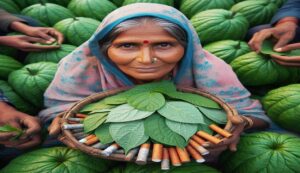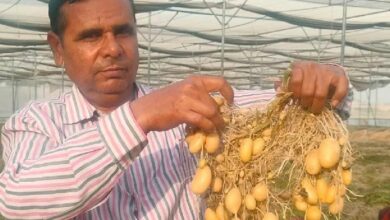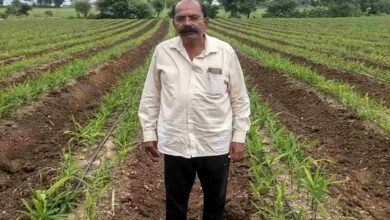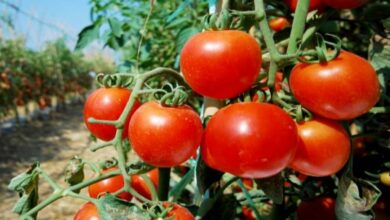Betel cultivation: This Bihari lady began growing betel leaves on her own and is now making a substantial sum of money every day
Betel cultivation: Bihar is known across the nation for its native betel. Begusarai in Bihar is now well-known for growing betel. Here, a sizable Chaurasia communal populace cultivates betel. In addition, a lot of women have chosen to cultivate betel as a source of income. To cultivate betel, these folks need to put in a lot of labor. Because betel must be taken with ghee, milk, and curd to preserve and improve its flavor. These folks aren’t prepared to share their betel-growing method with others, however. Speaking about women, growing betel may be quite advantageous for them, particularly in rural regions where women engage in more traditional farming. In light of this, Khushboo Devi, a female farmer from Chhohri in the Begusarai district, is the subject of today’s media discussion.

Journey of Khushboo Devi
Khushboo Devi, a native of Begusarai district’s Chhoudahi block, claimed she began growing betel after learning about the practice from her grandpa. She believes that since paan cultivation doesn’t cost much money, it may be started on a modest scale. This, she said, is the reason she is growing paan in 15 kattha. In fifteen kattha, the first paan crop costs fifty thousand and takes three months to maturity. The daily earnings then begin. There is always a demand for paan, especially in Bihar, and I am making a nice profit when I sell it. I charge one and a half rupees per leaf for my Desi paan. Every day, I harvest and sell over a thousand leaves from fifteen kattha. We handle paan cultivation alongside other home activities since, as she said, it doesn’t take much time.
Other fertilizers like ghee, milk and curd, have to be used
For paan agriculture, fertilizers such as soil, DAP, ghee, milk, and curd are employed. DAP, urea, soil, and organic fertilizers are utilized to safeguard paan agriculture, said Khushboo Devi. Still, other fertilizers like ghee, milk, and curd are added to paan to improve its flavor and shield it from heat. Farmers are hesitant to divulge this technique, however.





